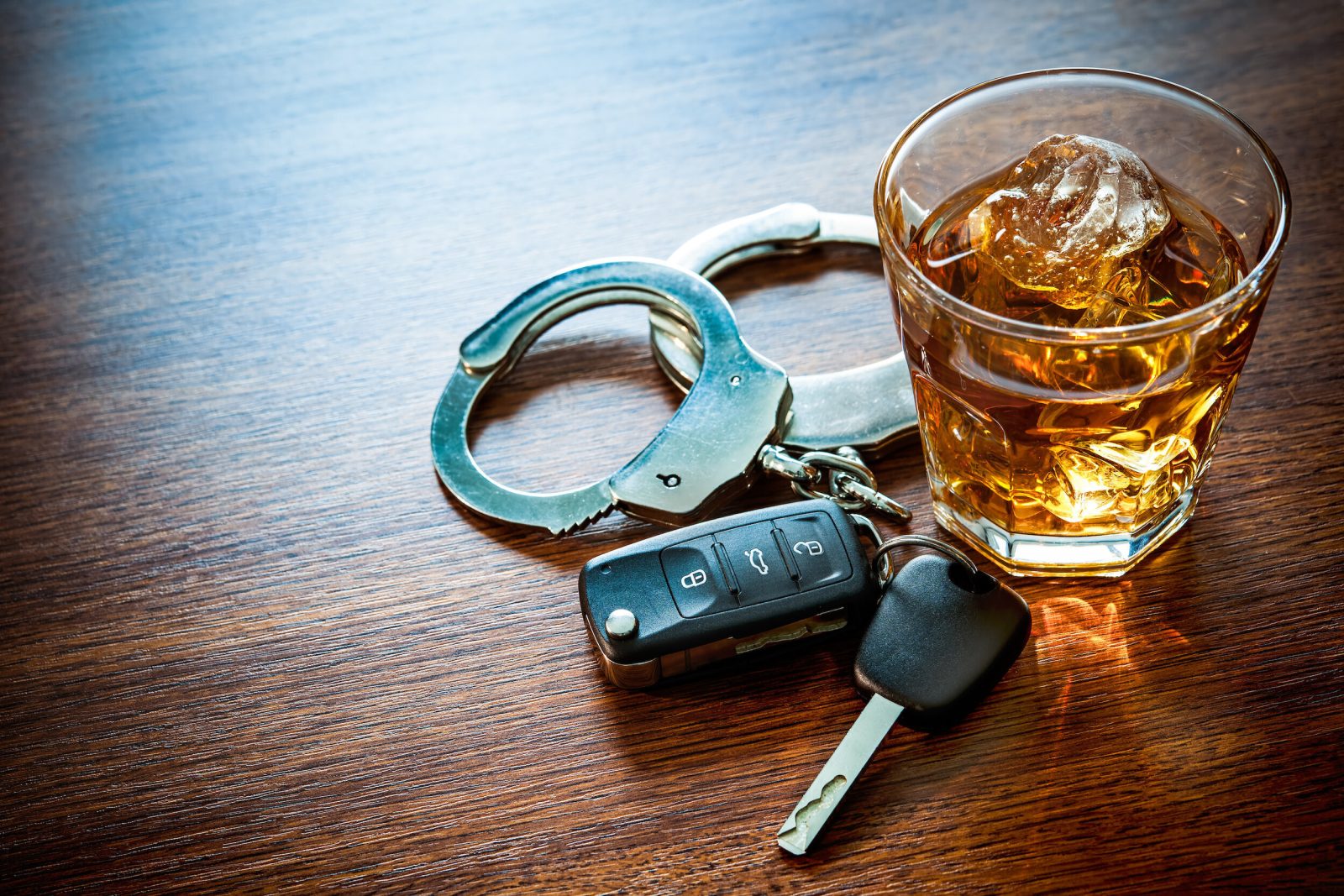Understanding the difference between DWI and DUI in Long Island is crucial for anyone driving there. These terms may seem similar, but they hold distinct meanings and implications. In Long Island, DWI means driving while intoxicated, usually with a blood alcohol level of 0.08% or higher. DUI stands for driving under the influence, which can involve drugs or a lower level of alcohol. Each carries serious consequences, affecting your license, your future, and your peace of mind. Penalties are strict, including fines, license suspension, or even jail time. You need to know what each charge means and how it impacts you. Don’t wait until you face these charges to understand them. Protect yourself and your loved ones by staying informed. For more detailed information on this topic, click here to learn how these offenses differ and what to do if you encounter such a situation.
Legal Definitions
New York State law distinguishes between DWI and DUI based on the level of impairment and substances involved. DWI usually involves alcohol. A blood alcohol concentration (BAC) of 0.08% or higher results in a DWI charge. DUI involves drugs or alcohol impairing the driver, even if BAC is below 0.08%. Understanding these distinctions can prevent confusion about charges and penalties. New York’s Department of Motor Vehicles offers more on these legal definitions and their impact on your driving privileges.
Penalties and Consequences
Both DWI and DUI carry severe penalties. They include fines, surcharges, and potential jail time. Here’s a quick comparison:
| Offense | Fines | Jail Time | License Suspension |
| DWI | $500 – $1,000 | Up to 1 year | Minimum 6 months |
| DUI | $300 – $500 | Up to 15 days | Minimum 90 days |
These penalties affect your record and future opportunities. Employers often review driving records. A DWI or DUI can limit job prospects. For more details on penalties, consult the
Preventing DWI and DUI Charges
Prevention starts with responsible choices. Avoid driving if you consume alcohol or drugs. Designate a sober driver. Use public transportation or rideshare services. These steps protect you and others on the road. If you drink, monitor your consumption. Allow time to pass before driving. Understanding your limits ensures safety.
Legal Support and Resources
If charged with DWI or DUI, seek legal support. Experienced attorneys can navigate complex legal processes. They explain your rights and options. Legal support can reduce penalties or dismiss charges. Engage with legal professionals for the best outcome. The consequences of DWI and DUI are serious, but informed decisions and legal guidance offer a path forward.
Conclusion
Distinguishing between DWI and DUI in Long Island is essential. Each carries distinct legal definitions and penalties. Understanding these differences helps prevent charges and their impacts. Knowledge and responsible decisions protect your future. Stay informed and make safe choices. By doing so, you ensure your safety and the safety of others on the road.










